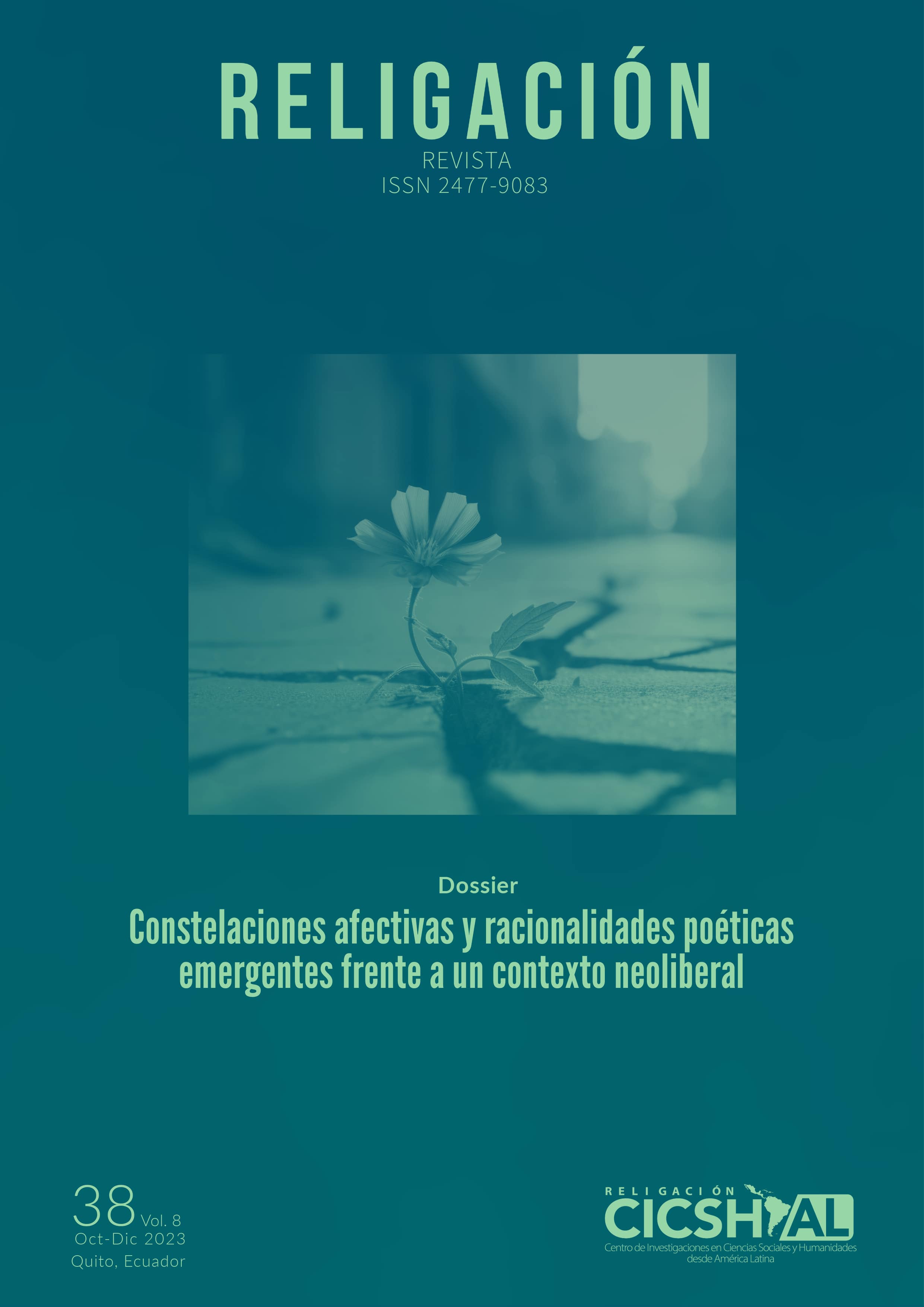Impacto de los estereotipos de género y su incidencia sobre la imagen mental que tienen los estudiantes acerca de los matemáticos: un análisis en el contexto educativo
Resumen
El presente artículo de investigación aborda la problemática que surge cuando los estudiantes construyen una imagen mental sobre los matemáticos, basándose en estereotipos sociales y de género. El objetivo del estudio es identificar qué imagen tienen los estudiantes universitarios, sobre las cualidades que tienen los matemáticos y su influencia en el gusto por la matemática, el desempeño estudiantil y decisiones futuras. La metodología empleada fue mixta: cualitativo y cuantitativo, y de corte transversal, con un alcance descriptivo de tipo correlacional; el diseño de la investigación es de campo, pues se aplicó una encuesta a una muestra de 357 estudiantes de las facultades de ingeniería y ciencias sociales. Los principales resultados obtenidos describen la percepción de los matemáticos que son en su mayoría hombres y poseen un notable atributo de seriedad. También se cree comúnmente que suelen usar anteojos y peinarse de una manera particular. Además, la mayoría de la población encuestada está de acuerdo en que los matemáticos se dedican principalmente a la enseñanza. Otro descubrimiento es el hecho de que los estudiantes suelen relacionarse con matemáticos en sus círculos familiares y sociales. Asimismo, expresan su deseo de ser matemáticos debido a su percepción de esta, como una disciplina muy práctica.
Descargas
##plugins.generic.paperbuzz.metrics##
Citas
Alva, H. (2016). Estudio de las imágenes que tiene un grupo de alumnos de entre 15 y 21 años sobre los matemáticos. [Tesis de maestría, Instituto Politécnico Nacional de México]. Archivo Digital. https://mariosanchezaguilar.files.wordpress.com/2021/01/tesis_maestria_daniel_luis_mosqueda.pdf
Chambers, D. W. (1983). Stereotypic images of the scientist: The draw-a-scientist test. Science Education, 67(2), 255–265.
Del Río, M. F., Strasser, K., & Susperreguy, M. I. (2016). ¿Son las habilidades matemáticas un asunto de género?: Los estereotipos de género acerca de las matemáticas en niños y niñas de Kínder, sus familias y educadoras. Calidad En La Educación, 45(1), 20–53. http://dx.doi.org/10.4067/S0718-45652016000200002
Galdi, S., Cadinu, M., & Tomasetto, C. (2014). The Roots of Stereotype Threat: When Automatic Associations Disrupt Girls’ Math Performance. Child Development, 85(1), 250–263. 10.1111/cdev.12128
Grevholm, B. (2011). Norwegian upper secondary school students’ views of mathematics and images of mathematicians. In Kislenko, K. (2011.). Current state of research on mathematical beliefs XVI. Proceedings of the MAVI-16 Conference (pp. 120-136). Estonia, Tallin University. https://www.mathematical-views.org/wp-content/uploads/sites/10/2020/06/proceedings_mavi16.pdf
Herrera, M. (2009). Fórmula Para Cálculo de la Muestra Poblaciones Finitas. Investigación en pediatría. https://acortar.link/WLEeho
Lluis-Puebla, E., & Aceff, F. de M. (2006). Matemática en la Matemática, Música, Medicina y Aeronáutica. Publicaciones Electrónicas Sociedad Matemática Mexicana. http://www.pesmm.org.mx/Serie Divulgación_archivos/Div1.pdf
Mead, M., & Métraux, R. (1957). Image of the Scientist among High-School Students: A Pilot Study. Science, 126(3270), 384–390.
Meece, J. L., Glienke, B. B., & Burg, S. (2006). Gender and motivation. Journal of School Psychology, 44(5), 351–373.
Morilla, A. (2010). Muestreo en poblaciones finitas. U-Cursos. https://www.u-cursos.cl/ingenieria/2010/1/IN3401/1/material_docente/bajar?id_material=280296
Nievas, F. (2010). Prueba de Chi Cuadrado (Χ2) para una sola muestra. Psicoestadística II.
Piatek-Jimenez, K. (2008). Images of mathematicians: A new perspective on the shortage of women in mathematical careers. ZDM - International Journal on Mathematics Education, 40(4), 633–646. 10.1007/s11858-008-0126-8
Pita, S., & Díaz, S. P. (2004). Asociación de variables cualitativas: test de Chi-cuadrado. Cadernos de Atención Primaria, 11(1), 236-239. https://www.agamfec.com/wp/wp-content/uploads/2015/07/14_Invest_N11_4.pdf
Rensaa, R. J. (2006). The Image of a Mathematician. Philosophy of Mathematics Education Journal, 19 (1), 1-18.
Silva, I. O., & Ocanto, I. (2009). La creación de imágenes mentales y su implicación en la comprensión, el aprendizaje y la transferencia. Sapiens. Revista Universitaria de Investigación, 10(2), 243-253. http://www.redalyc.org/pdf/410/41021266013.pdf
Valencia, N. (2017). Imágenes de estudiantes acerca de los matemáticos: estudio de comparación área I Físico-Matemáticas e Ingenierías y Área III Sociales. [Tesis de maestría, Instituto Politécnico Nacional de México]. Repositorio Dspace.
Vega, A. (2016). Imágenes de alumnos acerca de los matemáticos y la matemática: el caso de un CECyT politécnico. [Tesis de maestría, Instituto Politécnico Nacional de México]. Repositorio Dspace. http://tesis.ipn.mx/handle/123456789/32024
Derechos de autor 2023 Edison Roberto Valencia Nuñez, Adriana Paola Toscano Palomo, Jorge Santiago Terán Vaca, Jefferson Ramiro Frías Moyón, Eber Jardiel Pérez Zúñiga

Esta obra está bajo licencia internacional Creative Commons Reconocimiento-NoComercial-SinObrasDerivadas 4.0.











